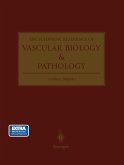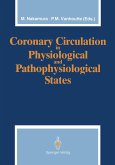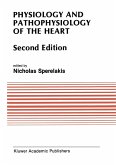Fabry disease is an X-linked inborn error of metabolism wherein deficiency of a lysosomal enzyme results in systemic deposition of glycosphingolipids. Storage deposition, and hence pathological disease, occurs preferentially in renal glomerular and tubular epithelial cells, myocardial cells, heart valve fibrocytes, neurons of dorsal root ganglia, and in endothelial smooth muscle cells of blood vessels. Thus, Fabry disease is a multi-system disorder, albeit with considerable phenotypic heterogeneity in onset and in severity; however, it is progressive, exhibits extensive morbidity, and is life-threatening. Within the past two decades, there has been a radical change in the natural course Fabry disease by virtue of the availability of specific enzyme replacement therapy. Moreover, there has been a concerted effort to better understand the underlying pathology and equally to identify patients prior to the onset of irreversible end-organ damage. It is to be hoped that the future for patients with Fabry disease can be viewed with greater, albeit guarded, optimism. This state-of-the-art textbook attempts to bridge the span of pre-clinical studies, clinical finding, and management options in a readable but comprehensive manner for the medical practitioner as well as the interested non-medical reader.
From the reviews:
"As the first book dedicated to Fabry Disease, this provides an extensive, detailed review of all current information about this rare disorder. ... The information presented here will serve genetics specialists in the evaluation, surveillance, and management of affected patients with this rare disorder. ... It is also a well-written and informative tool for families affected by this disorder, helping them understand its natural course and available treatment. ... This highly specialized, unique book on this rare disorder has no comparison." (Luis F. Escobar, Doody's Review Service, March, 2012)
"As the first book dedicated to Fabry Disease, this provides an extensive, detailed review of all current information about this rare disorder. ... The information presented here will serve genetics specialists in the evaluation, surveillance, and management of affected patients with this rare disorder. ... It is also a well-written and informative tool for families affected by this disorder, helping them understand its natural course and available treatment. ... This highly specialized, unique book on this rare disorder has no comparison." (Luis F. Escobar, Doody's Review Service, March, 2012)








